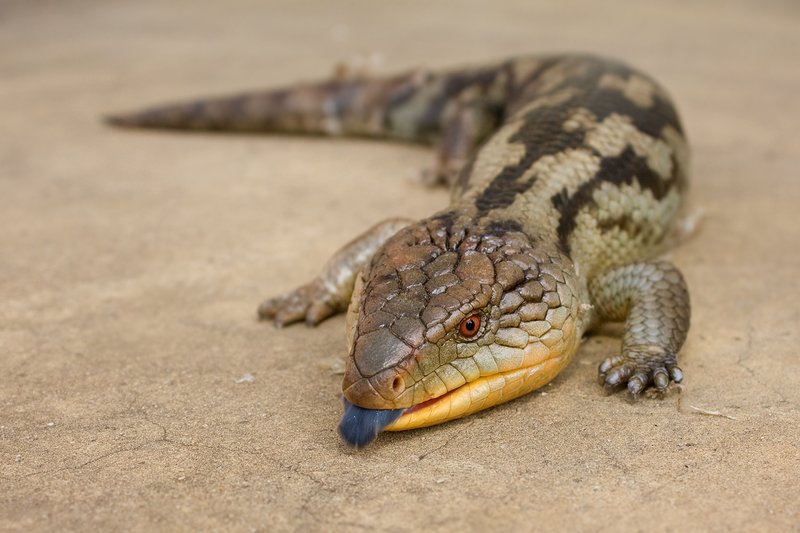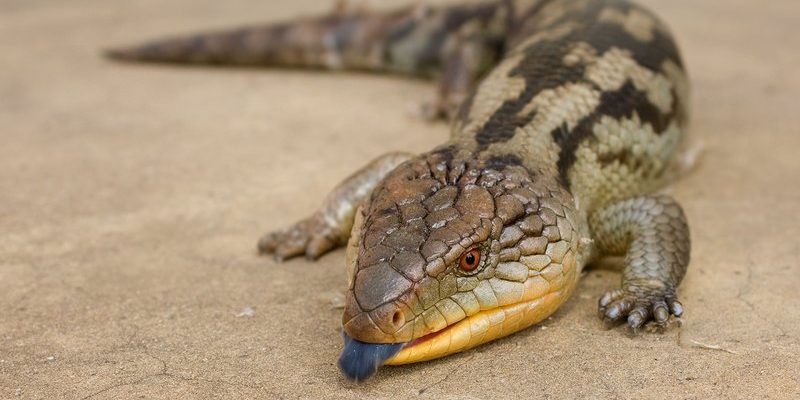
These unique creatures, belonging to the genus *Tiliqua*, are native to Australia and New Guinea. They are surprisingly social and display intriguing mating behaviors that are worth exploring. Whether you’re an aspiring herpetologist or just a curious animal lover, understanding how blue-tongue skinks reproduce can help you appreciate these wonderful lizards even more.
Understanding Blue-Tongue Skink Mating Season
Blue-tongue skinks have a specific mating season, which generally occurs during the warmer months. Think of it as nature’s way of ensuring these reptiles find each other when conditions are just right. As temperatures rise, the skinks become more active, and it’s during this time that courtship behaviors begin.
During the mating season, males become quite competitive. They may engage in head-bobbing displays and even wrestling matches to assert their dominance and attract females. Here’s a fun fact: unlike some reptiles that lay eggs, blue-tongue skinks are live bearers! This means that, after a gestation period of about three months, females will give birth to live young rather than laying eggs.
The Courtship Dance
So, what does the courtship look like for blue-tongue skinks? Picture this: a male approaches a female, puffing out his body and waving his tail. It’s like he’s showing off his best dance moves! This display can last for a few days, during which he will follow her around, sniffing and nuzzling her.
Once the female is receptive, mating can take place. The actual copulation can last anywhere from 30 minutes to several hours. Isn’t that fascinating? This long duration is part of what makes blue-tongue skinks so unique—their reproductive behaviors are not rushed. The male will often stay close to the female even after mating to ensure she feels safe and secure.
Gestation Period and Birth
After successful copulation, the female blue-tongue skink begins her gestation period, which can last between 90 and 120 days. Here’s where things get interesting. During this time, she’ll become increasingly larger as the embryos develop inside her. You might be wondering how she knows when the time is right to give birth.
Females often show signs of restlessness as they approach their due date. They might seek out a secluded place, like a hidden corner of the habitat, to feel safe while giving birth. When the moment finally arrives, a female can give birth to anywhere from 6 to 20 live young, each measuring around 8 to 10 cm in length. The newborn skinks are independent from the moment they are born, ready to explore their new world.
Parental Care and Juvenile Development
Unlike some other reptiles, blue-tongue skinks do not provide care for their young after birth. This may seem a bit harsh, but it’s quite typical for many reptile species. Once the babies are born, they simply fend for themselves. They’ll instinctively look for food and shelter, often learning quickly what to eat from their environment.
Juveniles tend to eat smaller insects and plant matter. As they grow, they gradually transition to a more varied diet that includes larger insects and fruits. The first few months of life are crucial, as they learn to avoid predators and adapt to various habitats. Here’s the thing: the survival rate can be challenging, but those that make it through this period often grow up to be robust adults.
Environmental Factors Influencing Reproduction
The environment plays a significant role in the reproductive behaviors of blue-tongue skinks. They thrive in warm, dry habitats with plenty of cover, like shrublands and forests. Seasonal changes in temperature can trigger the onset of breeding behaviors, so it’s essential to maintain an appropriate habitat if you’re keeping them as pets.
For example, if you provide a warm basking area and a cooler hiding spot, it mimics their natural environment. It’s also vital to include fresh water and a balanced diet to promote health and reproductive success. Blue-tongue skinks can even sense environmental changes, which can affect their breeding cycles.
So, there you have it—the intricate world of blue-tongue skink reproduction! From their lively courtship dances to being live bearers, these reptiles have developed fascinating strategies to ensure the survival of their species. Understanding their breeding and reproductive behavior not only helps deepen our appreciation for these captivating lizards but also highlights the importance of preserving their natural habitats.
If you find yourself smitten with blue-tongue skinks, remember that they require proper care and an understanding of their needs, especially during breeding season. So whether you’re admiring them in the wild or caring for one at home, there’s always something exciting to learn about these charming creatures!

